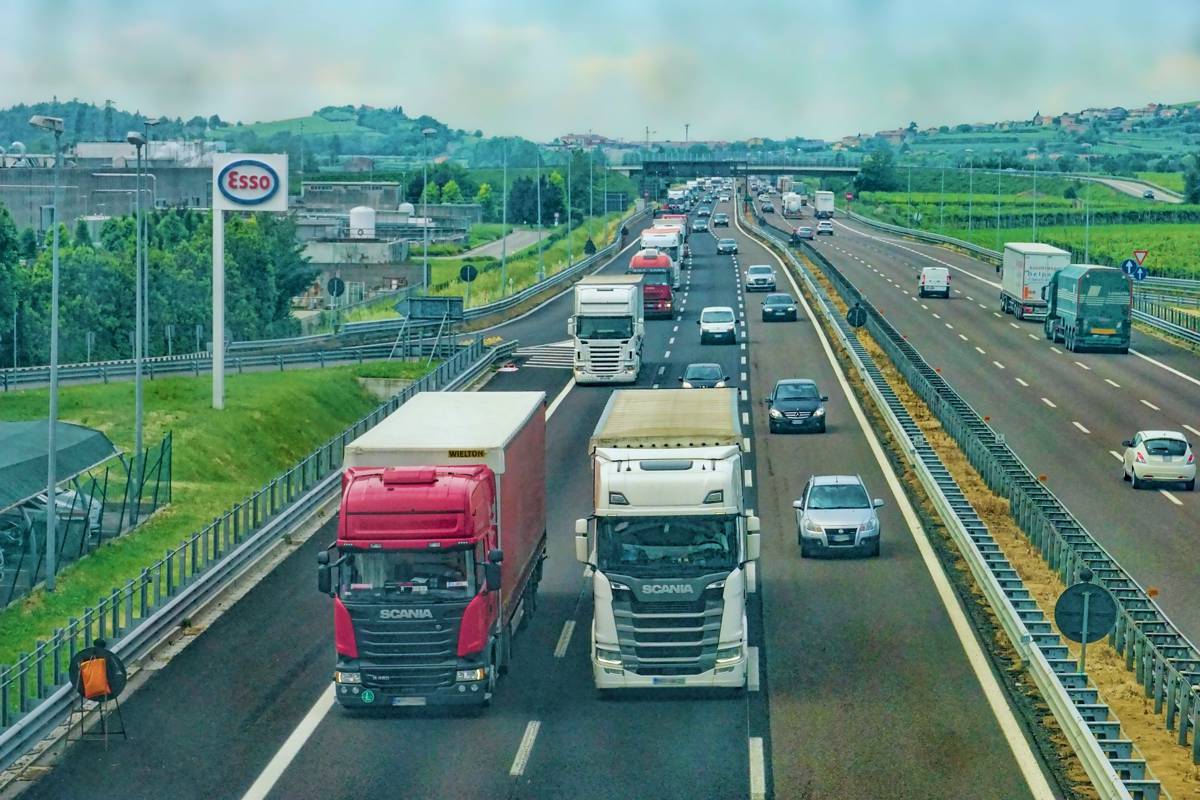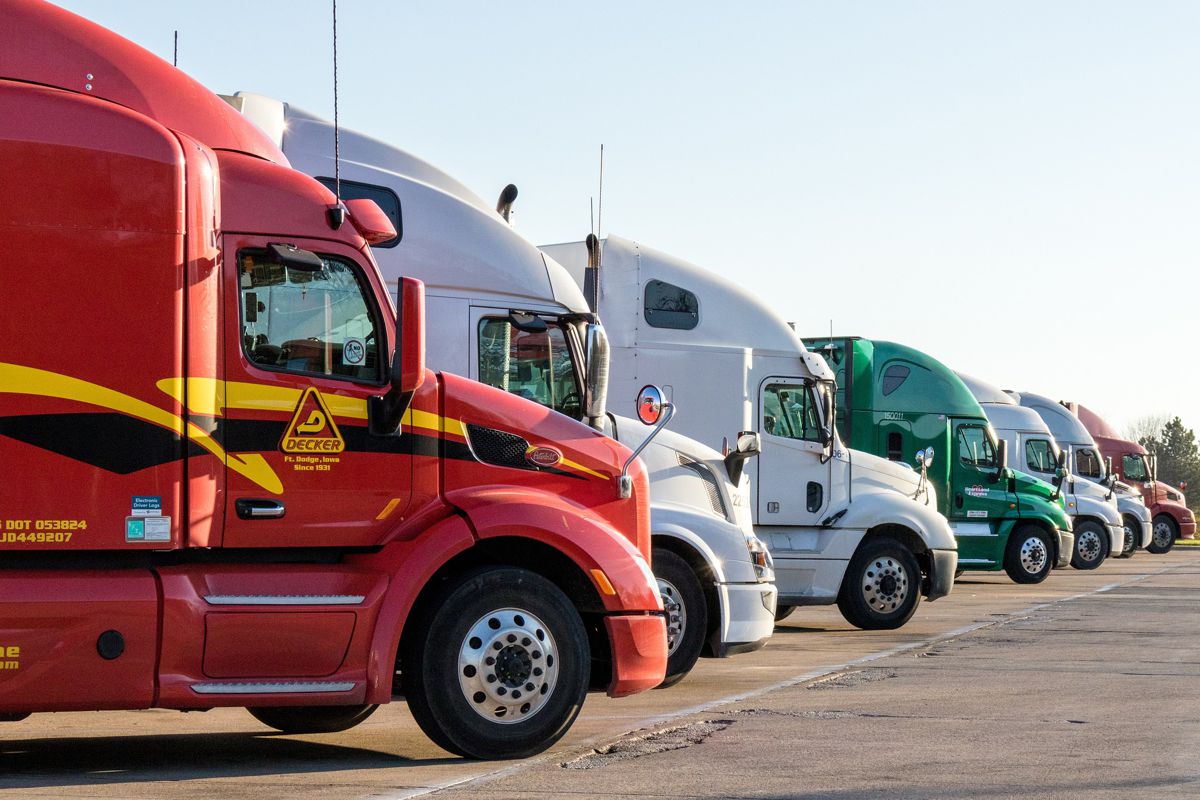Companies must take action now to reap the benefits of the HGV Industry Growth
The heavy goods vehicle (HGV) industry is experiencing significant growth and transformation in the modern business landscape.
As industries adapt to the changing dynamics of global trade and consumer demand, HGVs have become the backbone of logistics and transportation. To capitalize on the opportunities this industry presents, companies must act swiftly and strategically.

The HGV Industry’s Growth Drivers
1. E-commerce Expansion
The rise of e-commerce has resulted in a significant increase in demand for goods transportation. HGVs are frequently used by online merchants and marketplaces to ensure timely deliveries to clients. This tendency is unlikely to slow down as the ease of internet purchasing grows.
2. Supply Chain Resilience
The COVID-19 pandemic exposed vulnerabilities in global supply chains. As a result, companies are re-evaluating and restructuring their supply chain strategies to enhance resilience. Many are opting for regional distribution centres and shorter supply chains, which require more frequent and efficient HGV transportation.
3. Sustainable Transportation
Concerns about the environment and regulatory constraints are driving the sector towards cleaner, more sustainable practices. This trend is propelling investments in electric and hydrogen-powered heavy-duty vehicles. Companies that embrace sustainability not only decrease their environmental impact but also appeal to environmentally sensitive customers.
4. Technological Advancements
Advancements in technology have improved the efficiency and safety of HGV operations. Telematics, GPS tracking, and autonomous driving features are becoming standard, enhancing route optimization, driver safety, and overall performance.

Implications for Businesses
The growth of the HGV industry carries significant implications for businesses across various sectors. A well-managed HGV fleet can streamline the supply chain, reducing lead times and operational costs. This efficiency is vital for meeting customer demands and remaining competitive in today’s fast-paced business environment.
As e-commerce continues to flourish, customers expect faster and more reliable deliveries. Companies that can provide efficient HGV transportation can gain a competitive edge by meeting these heightened expectations.
Businesses are under increasing pressure to reduce their carbon footprint. Embracing sustainable HGV transportation not only aligns with corporate social responsibility but can also be a selling point for environmentally conscious consumers.
Compliance with safety and environmental regulations is essential for avoiding fines and legal issues. Companies that fail to meet these standards risk damaging their reputation and incurring substantial financial penalties.

Essential Steps for Companies To Align With HGV Industry Growth
1. Invest in Fleet Management Software
Implementing advanced fleet management software is crucial for optimising HGV operations. This software provides real-time tracking, route planning, and maintenance scheduling, improving efficiency and reducing operational costs. It also enhances safety by monitoring driver behaviour and adherence to regulations.
2. Prioritise Sustainability
Embrace sustainability in your HGV operations by investing in cleaner and more fuel-efficient vehicles. Consider adopting alternative fuel options like electric or hydrogen-powered HGVs. Implement eco-friendly practices in logistics, such as load consolidation and route optimisation, to minimize environmental impact.
3. Stay Compliant with Regulations
Keep abreast of safety and environmental regulations related to HGV transportation. Ensure your drivers receive proper training and certifications. Regularly inspect and maintain your fleet to prevent accidents and breakdowns that could disrupt operations.
4. Optimize Last-Mile Delivery
Last-mile delivery is often the most costly and challenging part of the supply chain. Invest in technologies like route optimisation software and delivery drones or autonomous vehicles to make last-mile delivery more efficient and cost-effective.
5. Explore Partnerships
To optimise HGV operations and decrease expenses, consider working with third-party logistics providers or pooling resources with other enterprises. Collaborative efforts can result in improved route utilisation and capacity.
6. Continuous Monitoring and Improvement
Assess the performance of your HGV operations on a regular basis and look for opportunities for improvement. Maintain a close eye on critical performance metrics like as delivery times, fuel usage, and maintenance expenses. Analyse data to spot patterns and chances for improvement.
7. Talent Management
Attract and retain skilled HGV drivers and logistics professionals. Invest in HGV training courses and development programs to enhance driver skills, safety awareness, and job satisfaction.
8. Customer-Centric Approach
Align your HGV operations with the expectations of your customers. To create an amazing client experience, providing various delivery options, real-time tracking, and quick customer service.

Conclusion
The expansion of the HGV sector offers numerous possibilities for companies that are open to change and ready to take advantage of them. By making investments in technology, sustainability, adherence to regulations, and optimisation, businesses can ensure that their HGV operations are not only effective but also in line with the evolving requirements of customers and the rapidly transforming business environment.
Taking proactive measures at present will position companies favourably to thrive in the growth of the HGV industry and maintain their competitiveness in the years to come. Those who do not adapt may find themselves falling behind in a world where success hinges on efficient and eco-friendly transportation.















